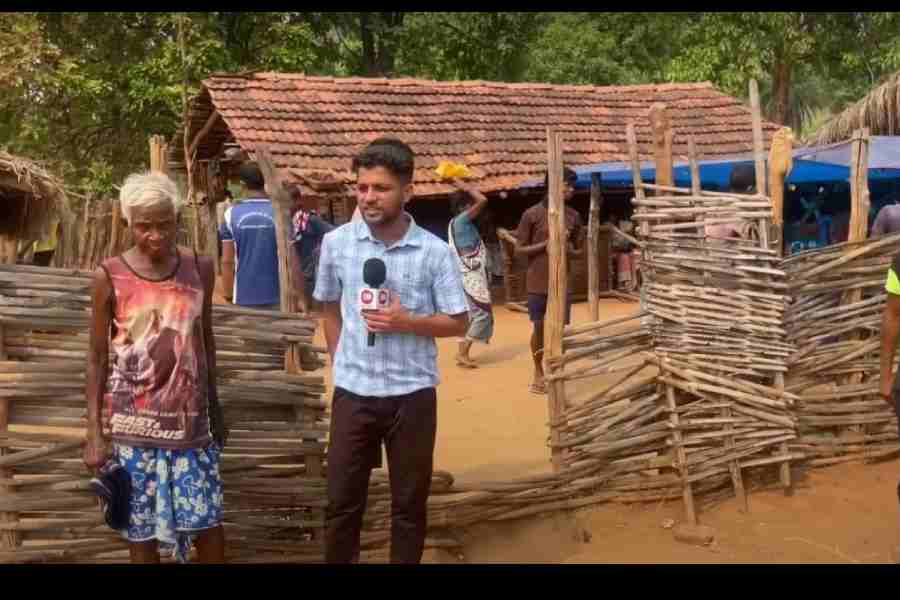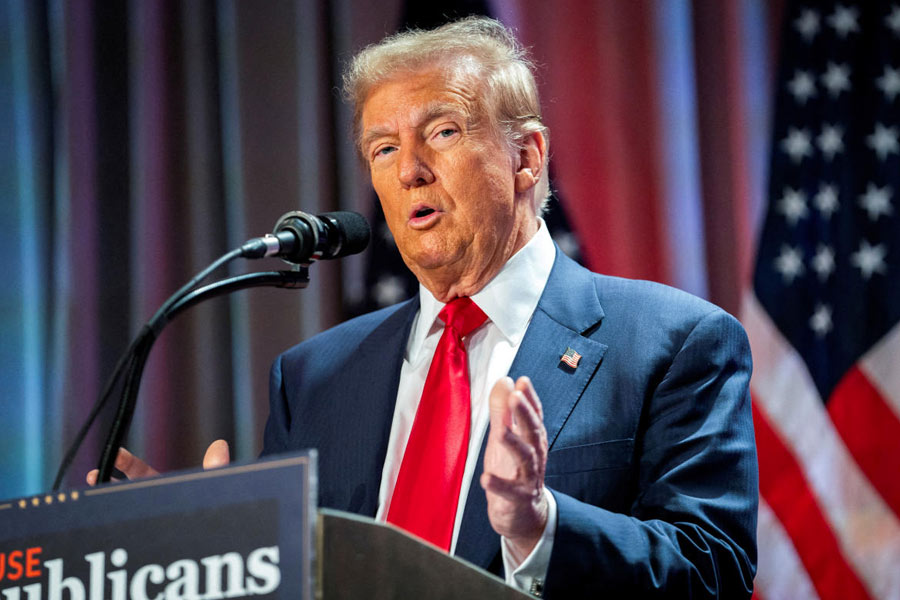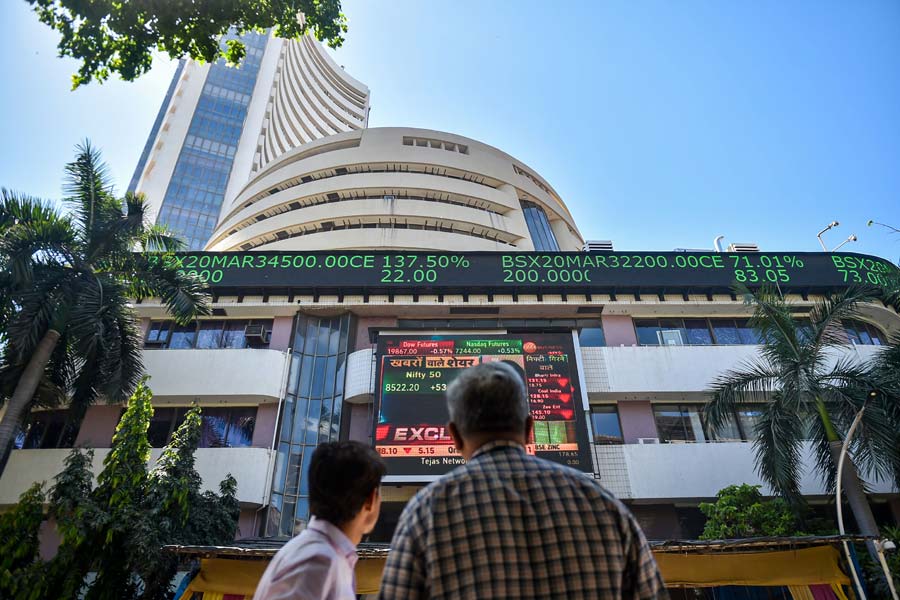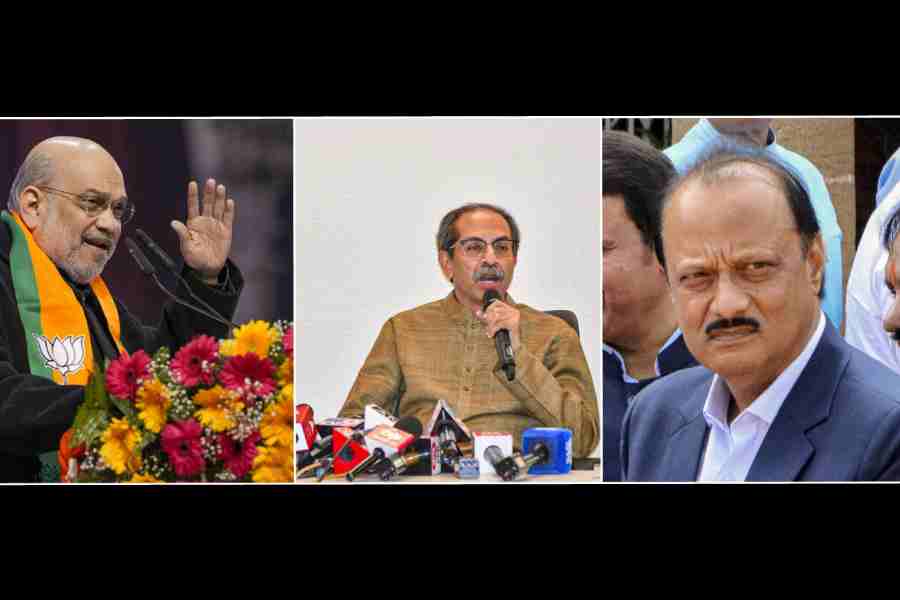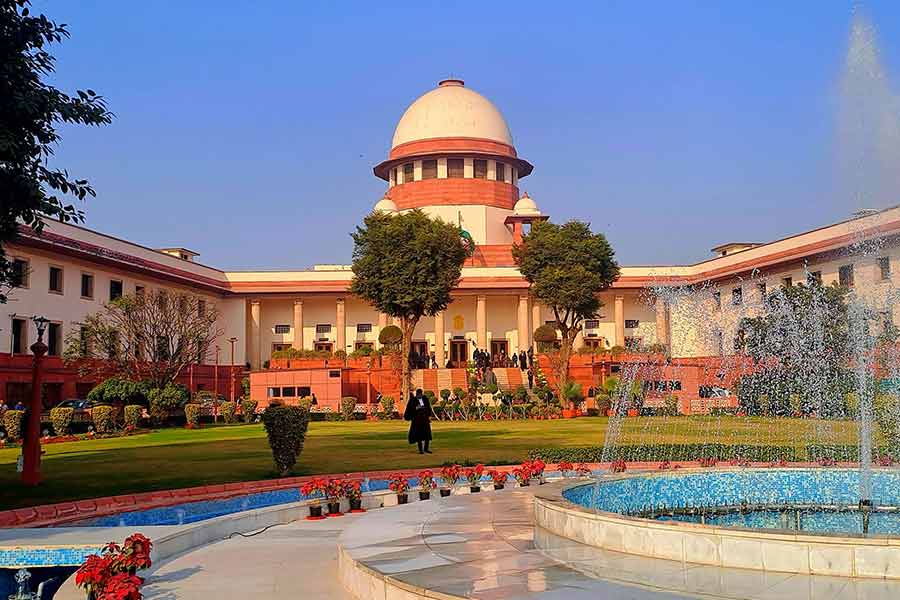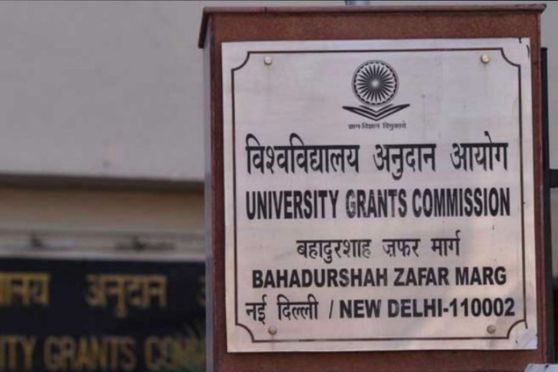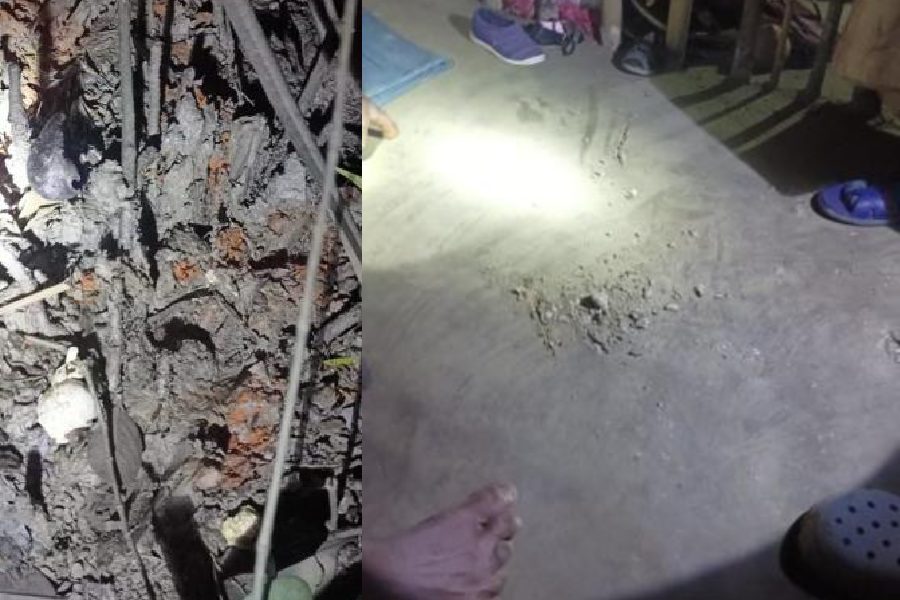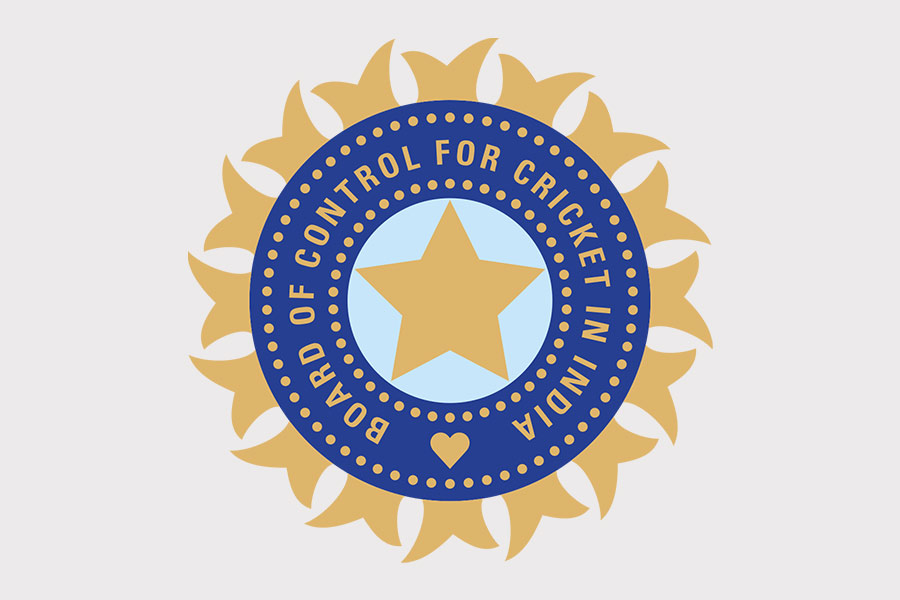There is a sense of déjà vu about yet another journalist dying in Chhattisgarh. Practising journalism here has been daunting since the inception of the state in 2000. With the active presence of Maoists and the State’s increasing militarisation in response to this, killings, harassment, arrests and intimidation of both mainstream and citizen journalists have been continuously reported from at least 2008 onwards. In 2011, journalists in Dantewada faced threats and intimidation by vigilante groups and pressure from the police. There were killings of reporters in 2010, 2011 and 2013, and arrests in 2015 and 2016. In 2016, journalists were demonstrating at Jantar Mantar in Delhi about their inability to function in the Bastar region.
Even so, a rural reporter doing his job and ending up murdered and buried in a septic tank is a new low in India’s unedifying record on free speech. Perhaps his horrific end, as much as the endearing pictures of him that have emerged since — a smiling young man in a t-shirt proclaiming ‘proud to be a journalist’ — explain why this story has got far more play than most media killings in Chhattisgarh. Mukesh Chandrakar went missing on January 1 and his body was found on January 3 at the property of a private contractor who happened to be his relative, in a freshly constructed septic tank.
His fellow reporters in Bijapur, Bastar drove the effort to trace him. A Free Speech Collective report says that it is because of the investigation by other journalists that the location of his body was found. They speak of him and of the road project reporting that triggered the murderous assault on him. The poorly-constructed Gangalur-Nelasnar road in this region with a 120 crore budget was the subject of an NDTV report on December 24 last year. An inquiry committee was set up following this report.
The reporters say that the contractor, Suresh Chandrakar, immediately assumed that Mukesh had a hand in the NDTV report — even though it didn’t carry his name — as he had also reported two years ago on the collapse of a bridge on that road. The son of an anganwadi worker, Mukesh worked with local media outlets and freelanced, reporting from the ground for prominent organisations like NDTV, News18 and Sahara. He did not hesitate to implicate a relative.
The vulnerability of reporters at the grassroots in India’s more underdeveloped districts is on account of poor governance and corruption. The more the State and its agents have to hide, the more those who report have to fear repression at any cost. The tension comes from a conflict among State repression, private corruption and technology-enabled amplification by motivated journalists. YouTube and WhatsApp are now their media of choice.
About Dantewada, reporters say, “Jahan administration ki pahuch nahi rahti, wahan patrakar pahunchta hai. (Reporters reach where the administration does not.)” “At 32, he made a name for himself. He would cover issues that affected the lives of Adivasis. Education, the lack of hospitals and healthcare, and the ongoing battle between the Maoists and the security forces in Bastar. He would take a bike ride with Adivasis through the jungles and bring back stories on their lives. Nobody questioned Mukesh Chandrakar’s journalism.” One of his rural colleagues adds that the village folk here think of rural reporters who go into interior areas to report on any issue as god. And have more faith in them than in the administration.
In 2016, Sudha Bharadwaj, then an advocate in Chhattisgarh, was explaining to The Hoot that in Bastar it had become impossible for journalists to do their work. As part of the People’s Union for Civil Liberties, she has been at the forefront of the struggle to provide legal aid for Adivasis, workers, civil society activists and journalists for several years. That year, in response to a demand by journalists from Chhattisgarh for a law to protect them, a draft law, the Chhattisgarh Special Act for Protection of Journalists and Human Rights Defenders, was formulated at a citizens’ convention called by PUCL.
Ahead of the 2018 assembly elections in Chhattisgarh, the Congress, in its manifesto, had promised to bring a law ensuring protection for journalists in the state. Finally, The Chhattisgarh Protection of Media Persons Act was passed and notified months before the Congress lost power in 2023. It states that it is an Act to provide media persons protection from violence while they are carrying out their duties. Media persons have to be registered for the Act to be applicable to them.
It sets up a committee for the protection of media persons to deal with complaints of harassment, intimidation, violence, or unfair prosecution and violence against media persons. The committee has the power to provide emergency protection measures and a protection plan. It has government representatives and media persons in equal numbers and has the powers of a civil court. It provides for a fine of Rs 25,000 for an offence by a private person, Rs 10,000 for a company, and punishment that the rules provide for in the case of a government officer. In a state that is rapidly getting corporatised with mining and other projects being implemented, the fine for a private company seeking to silence a reporter is Rs 10,000?
What is more, if the district superintendent of police thinks the case is fit for withdrawal from prosecution he shall recommend such a withdrawal to the committee. Chhattisgarh is only the second state in India after Maharashtra to enact a law, for what it is worth, to safeguard media persons.
A clause in the initial draft mentioning imprisonment of up to one year for public servants who neglect their duties was omitted in the final version. Instead, public servants will face “suitable penalties” as per the rules. A false complaint by a media person merits a fine of Rs 10,000. The Act has not been notified since the Bharatiya Janata Party government took over at the end of 2023 and the rules have not been published. Even assuming that it had been in force at the time of this latest killing, would it have been a disincentive? So where does the campaign to protect rural reporters go from here?
In the meantime, Bastar Junction, Mukesh’s YouTube channel, has seen its 1.5 lakh subscribers increase since his death. If the channel survives, its videos will remain a powerful testament to how little governance counts, for the Adivasis of Dantewada.
Sevanti Ninan is a media commentator. She also publishes the labour newsletter, Worker Web. https://workerweb.curated.co/issues

